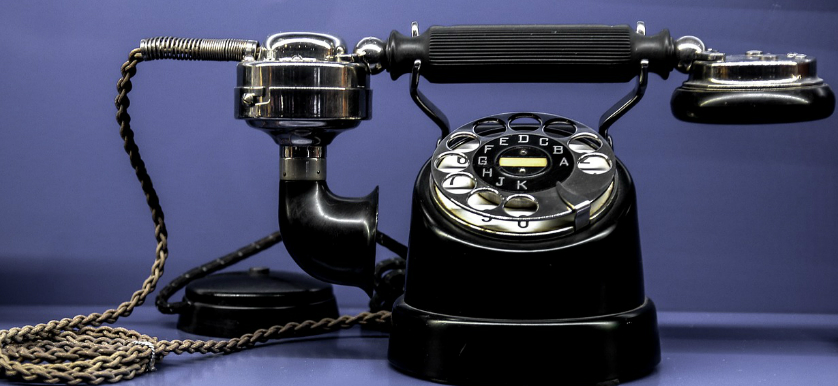The process behind effective communication
 “Communication is something so simple and so difficult that we can never put it in simple words” T. S. Mathews
“Communication is something so simple and so difficult that we can never put it in simple words” T. S. Mathews
Communication is a very important aspect in every company. Being able to communicate in an effective way with a team of employees is a skill that all managers should endeavor to have. Effective communication can improve the business as well as the bottom line, thus the employees will feel more engaged and motivated when the lines of communication within the business are open and clear.
Communication refers to the process which involves transmission and exact replication of ideas, provided by feedback for the purpose of eliciting action which will accomplish organizational goals.
Psychologist Abraham Maslow suggests that the capability to satisfy personal needs appears especially from the ability to communicate.
Effective communication is decisive to any organization and it can bring many benefits; communication plays an important role in teamwork, customer relations and product development, among many others.
The key audience is played by the employees’ behavior because they come into contact with the audiences. If employees are knowledgeable and engaged, communication with people outside the company are likely to be strong as well.
Every time we communicate, we lose at least some of the “meaning” of a message on its way from the sender, to the receiver. Very often it happens that the message that is heard is different than the one intended.
For understanding effective communication we need to understand how the communication process works.
The communication process is a simple model that demonstrates all the factors that can affect communication. Communication is effective if the message that is received is the same one that was sent.
Sender is synonym with the communicator and it is the person who is sending the message. He needs to identify the six factors when he communicates with some other person. Each of them affects how we transmit the message and the way it will be received.
- Communication Skills
- Attitudes – it must be positive
- Knowledge Level
- Social Position
- Sender’s Culture
- Feedback Received by Sender
Message – is a communication in writing, in speech, or by signals.
Receiver – or the person that receives the message, he accepts the message through attention and comprehension. Attention is turning into the message being sent, and comprehension to understand the message and accepting or rejecting it.
Feedback – the process in which the effect of an action is “returned” to modify the next action. It can be a verbal or nonverbal reaction or response. Feedback forms are external feedback (something we see) or internal feedback (something we can’t see).
Barriers to Effective Communication
Communication is hampered due to conflictual relationships between people at work.
In a team, the following suggests a number of sources of noise:
- To choose the right words and language for sending a message that can influence the quality of communication; should be aware of the fact that same words will be interpreted differently by each person;
- Misunderstanding of body language, tone and other non-verbal forms of communication;
- Noisy transmission (unreliable messages, incorrect);
- Receiver distortion: selective hearing, ignoring non-verbal cues;
- Managers hesitation to be frank;
- Interpersonal relationships: the way we perceive communication is connected to the past experience with the individual;
- Cultural differences: effective communication requires the understanding the basic values, motives, aspirations, and assumptions that operate across the geographical line.
Types of Communication
Self-Action or One-Way Communication is concerned on delivering the message to the receiver. Self-action treats communication as a manipulation of others. In this way, it is impossible to know if the meaning is shared between the sender and the receiver.
Interaction or Two-Way Communication. This shows the role of the receiver as a communicator through feedback. Its message is centered and it is a very simplistic view of the communication process. Feedback helps senders to check if their message got across.
Transaction. This type of communication is refers to meaning and sharing by accounting for all other factors in the communication process. It is based on the barriers that might affect the communication.
From all the types of communication, transaction is best described as effective communication. This is available when the communication process is applied and carried out completely. For example, the sender delivers a message to the receiver, in return, the receiver can give a fare feedback in order to identify if the meaning of the message that is received is the same with the one is sent.
To sum up, this topic has focused on the importance of effective communication and how communication is an integral component of any successful company.
Better communication provides productivity, job satisfaction, better relationships at workplace and utilization of resources.
References:
- Wertheim, E. G. (2012), The importance of effective communication, Northeastern University, College of Business Administration
- The University of Tennessee (n.d.), Communication process
- Pfeiffer, J.-B. (1998), Basic communication model, The Pfeiffer Library, Second Edition, Volume 25
Image source:

Tags: Communication, Communications performance, Individual Performance






